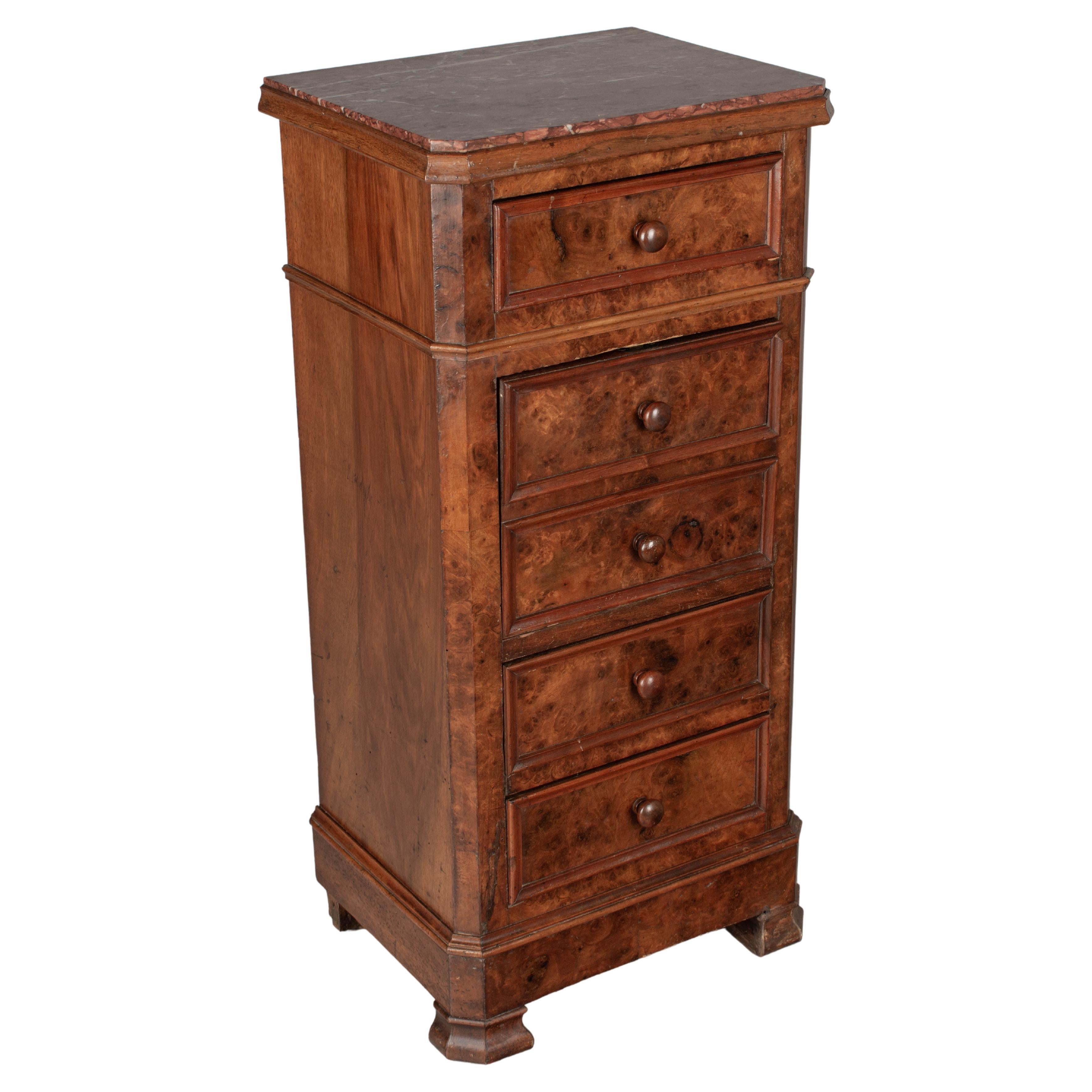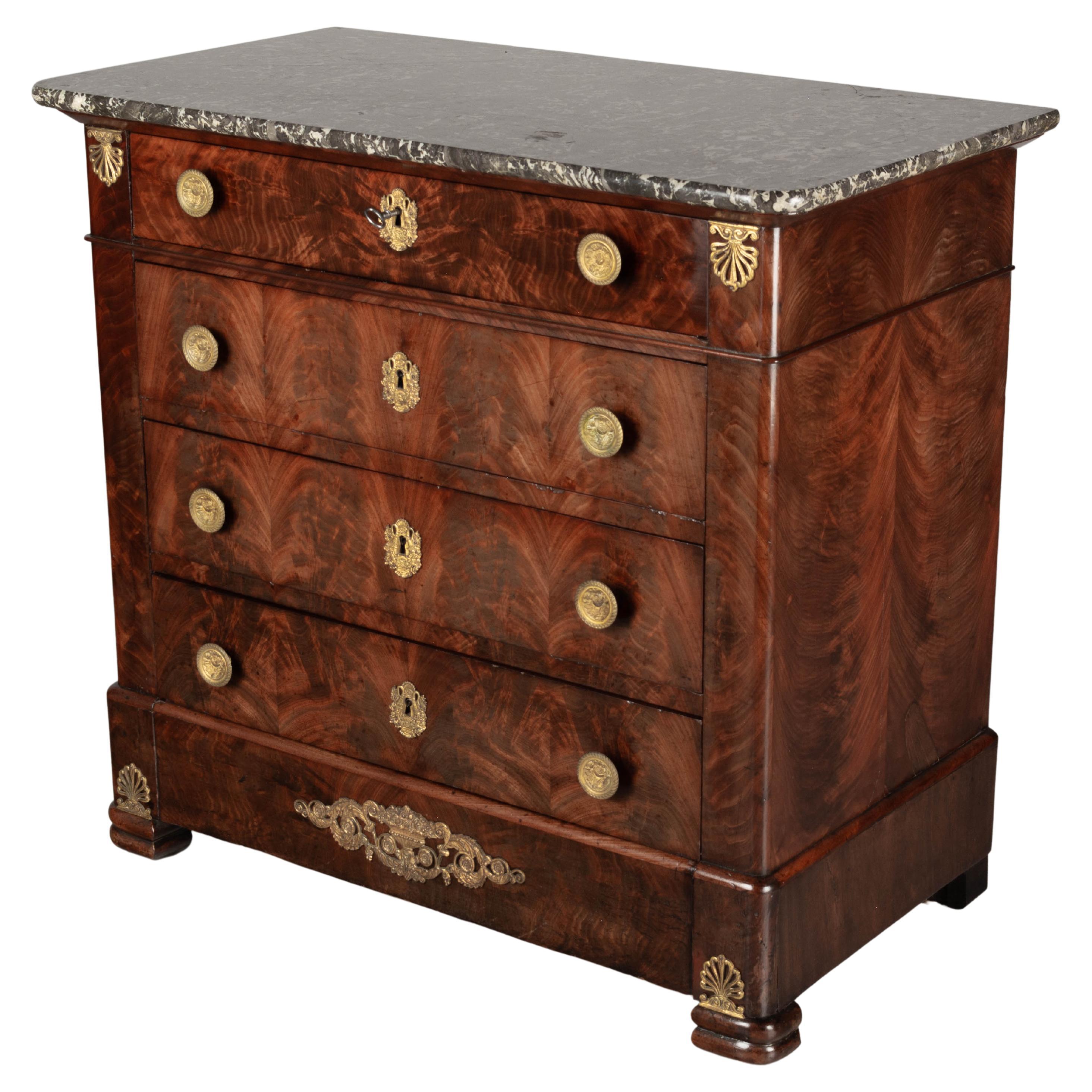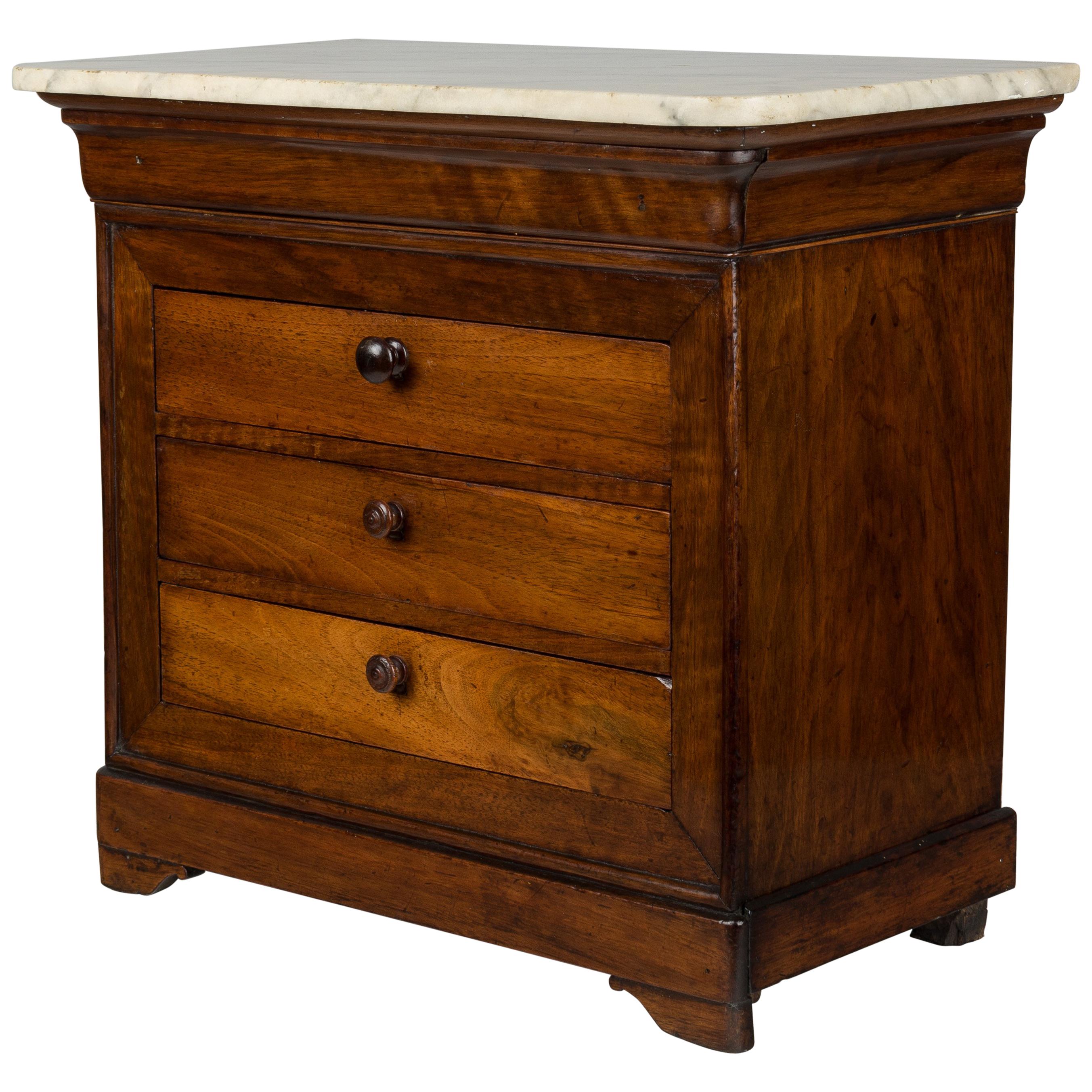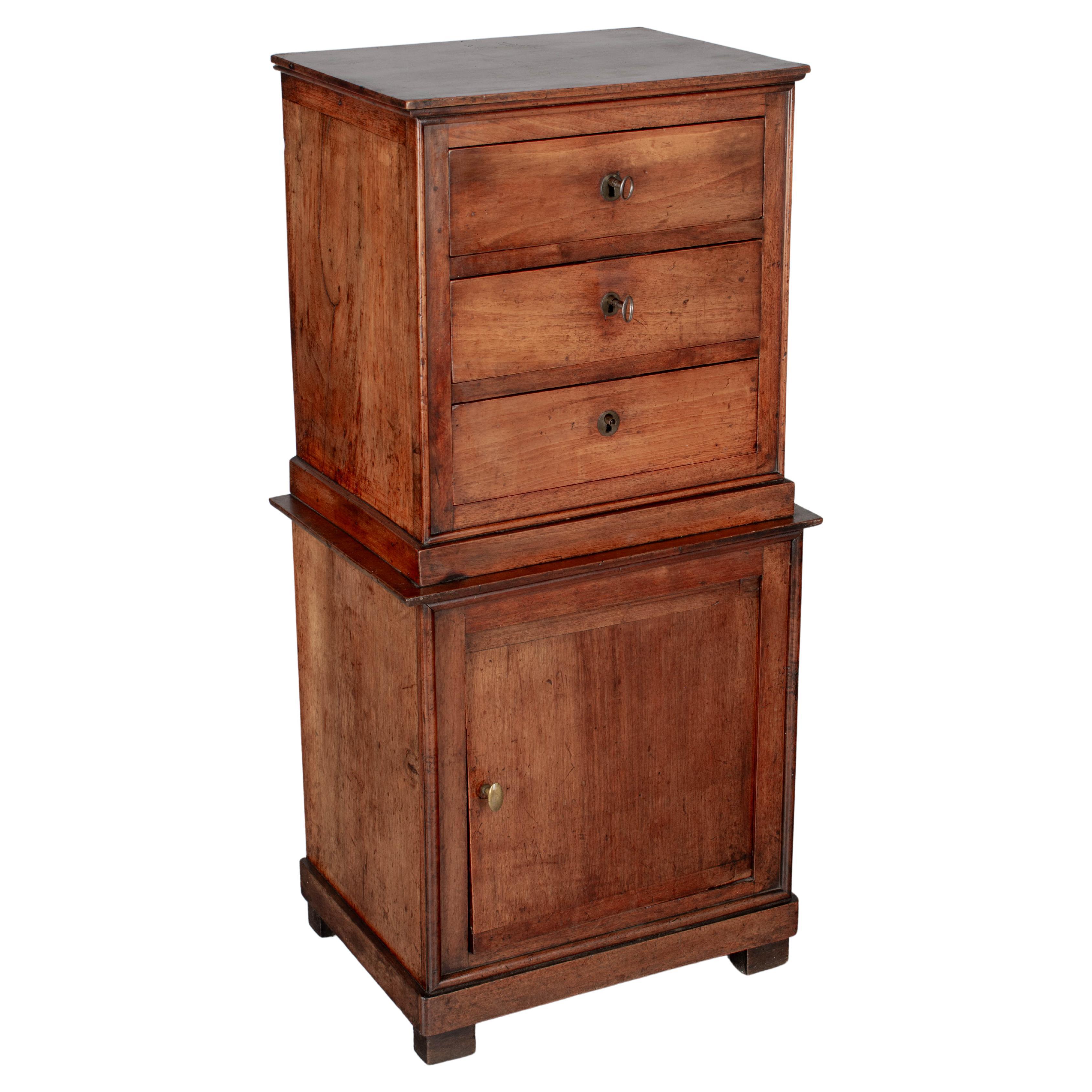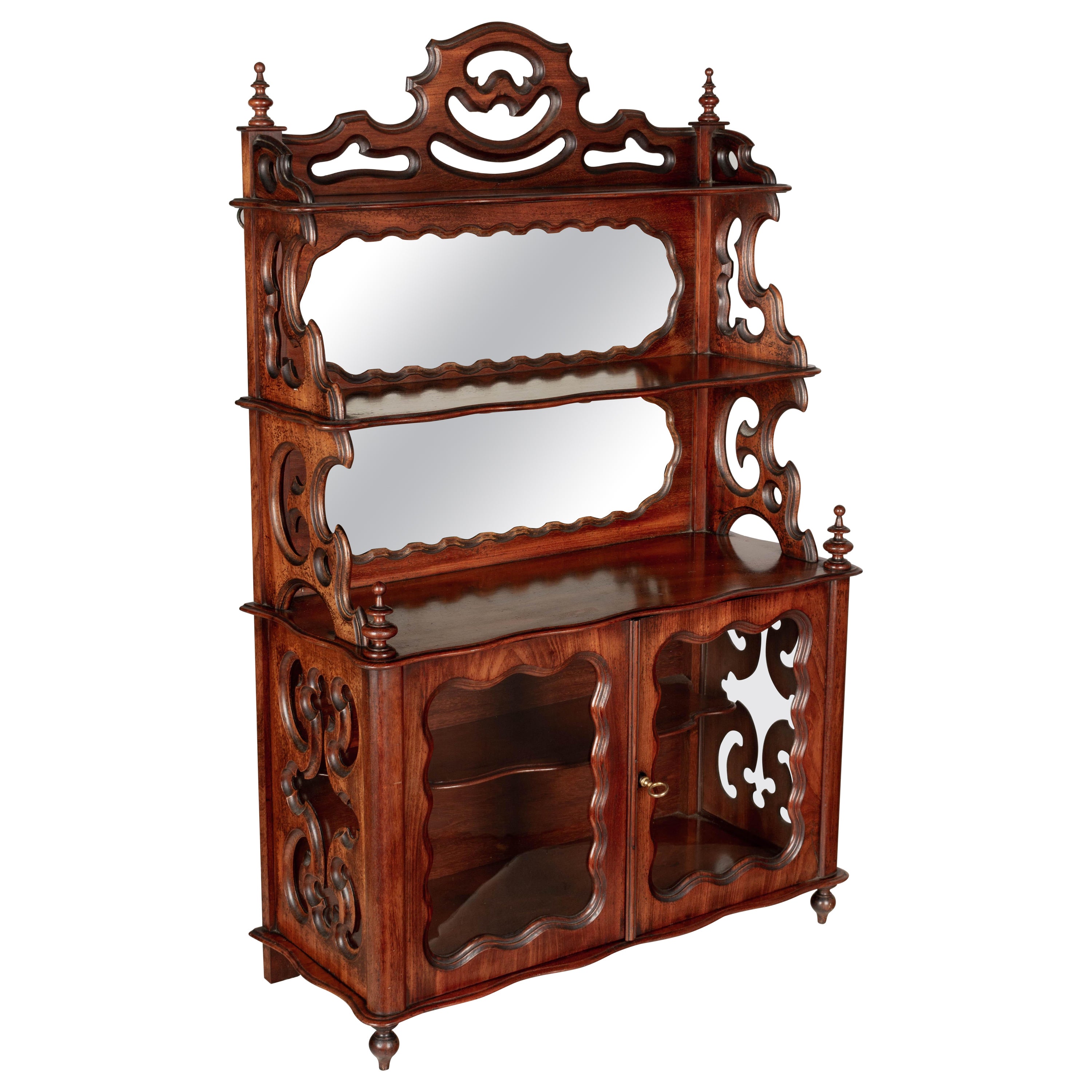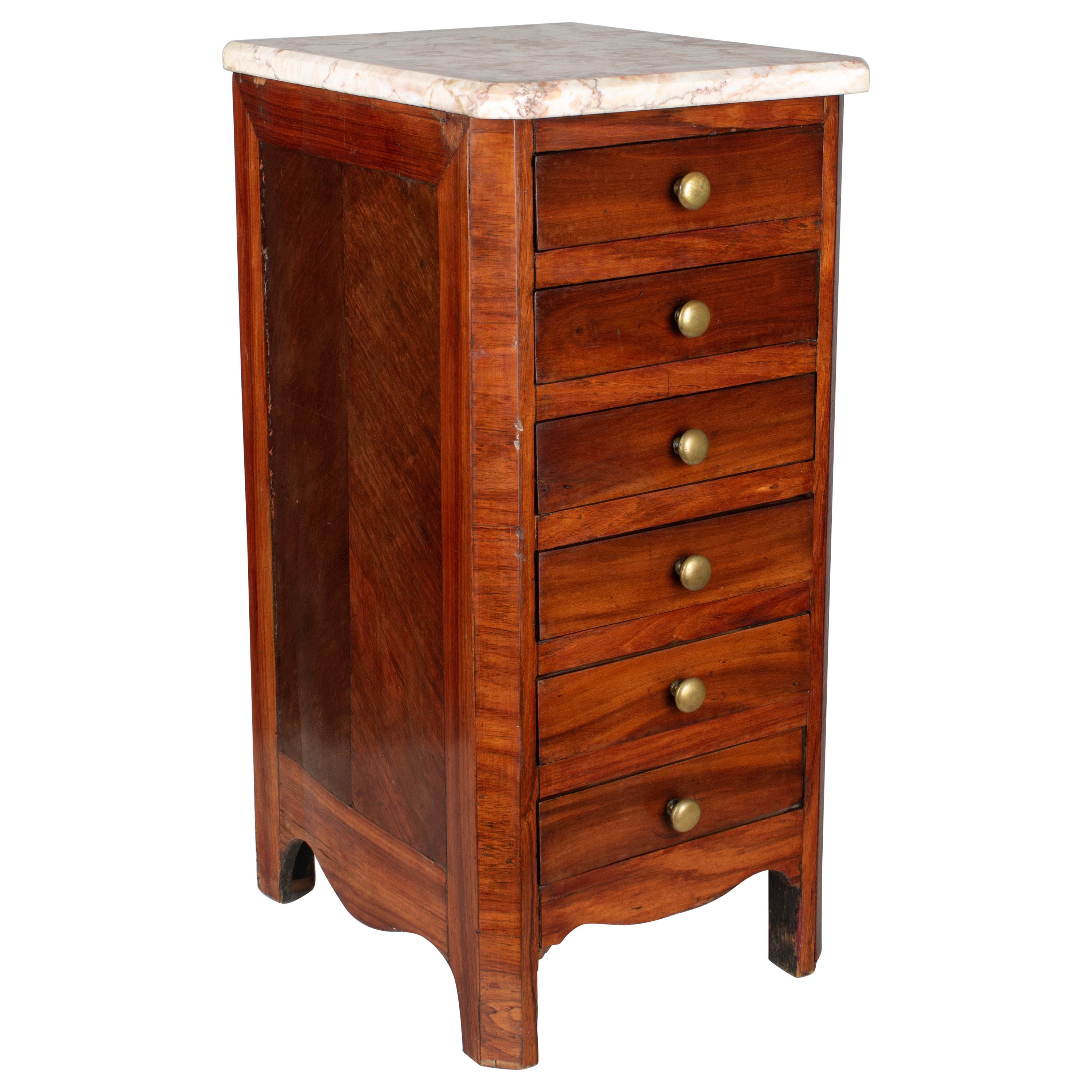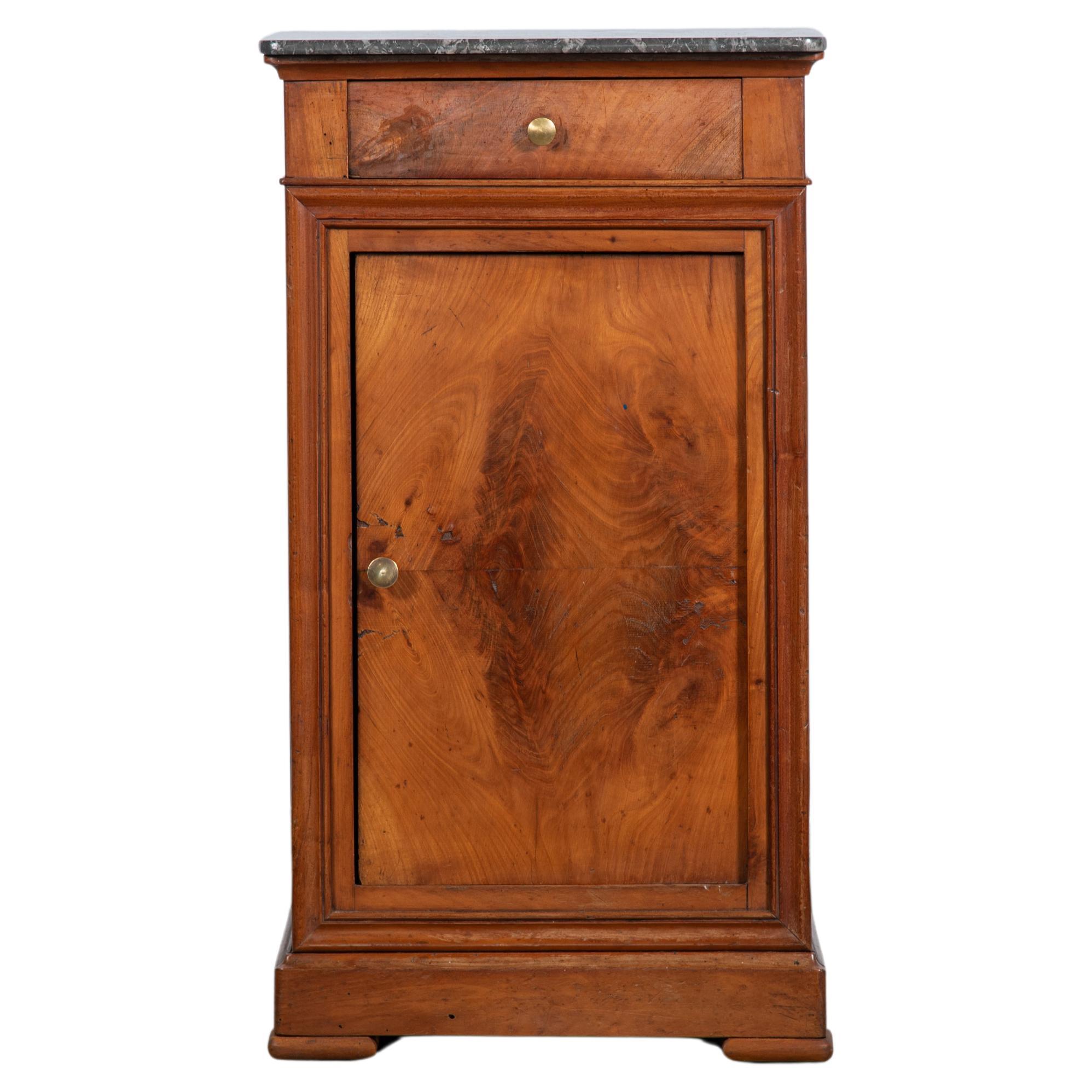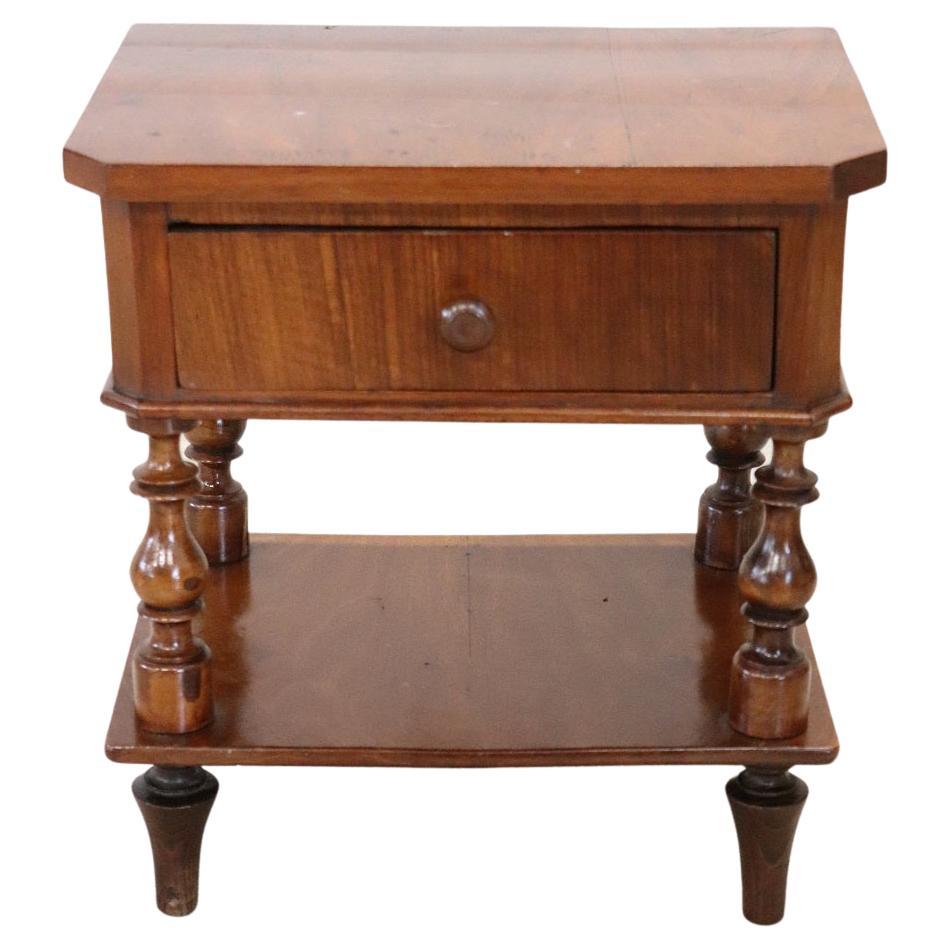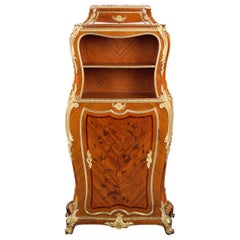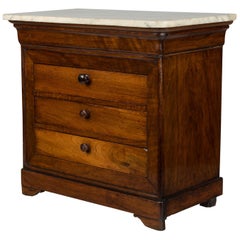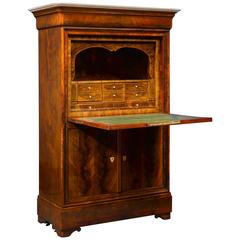
19th Century Louis Philippe Secrétaire a Abattant
View Similar Items
Want more images or videos?
Request additional images or videos from the seller
1 of 7
19th Century Louis Philippe Secrétaire a Abattant
About the Item
- Dimensions:Height: 63.5 in (161.29 cm)Width: 42 in (106.68 cm)Depth: 20.25 in (51.44 cm)
- Materials and Techniques:
- Period:
- Date of Manufacture:1840
- Condition:
- Seller Location:New Orleans, LA
- Reference Number:Seller: 29-22381stDibs: LU89114953653
About the Seller
5.0
Recognized Seller
These prestigious sellers are industry leaders and represent the highest echelon for item quality and design.
Established in 1912
1stDibs seller since 2010
93 sales on 1stDibs
Typical response time: 7 hours
More From This SellerView All
- 19th Century French Secrétaire by DurandBy Gervais DurandLocated in New Orleans, LASuperior craftsmanship and intricate marquetry characterize this rare secrétaire by Gervais-Maximilien-Eugène Durand, one of the most popular French ébénistes of the 19th century. Th...Category
Antique 19th Century French Louis XV Secretaires
MaterialsBronze, Ormolu
- 18th Century English SecretaryLocated in New Orleans, LAQueen Anne period furnishings such as this walnut secretary are incredibly rare and important examples of English cabinetmaking. This secretary is of the most outstanding caliber, boasting desirable double bonnet, mirrored cabinet doors...Category
Antique 18th Century English Queen Anne Secretaires
MaterialsWalnut
$88,500 - 19th Century Louis XV-Style ChandelierLocated in New Orleans, LAThis refined ten-light chandelier is a grand example of 19th century French opulence. Crafted in the Louis XV style, this fixture emits a soft glow thanks to a large central light su...Category
Antique 19th Century French Rococo Revival Chandeliers and Pendants
MaterialsBronze
- King George I Ambassadorial Secrétaire-CabinetLocated in New Orleans, LAThis highly important secrétaire-cabinet was crafted for and specially ordered by King George I for the British Ambassador to Russia. From its craftsmanship and materials to its exceptional artistry, it is a work of royal and historic significance that exudes power in each and every detail. The broken pediment at its apex features the simplified royal coat of arms bearing the king’s crown, while the interior is adorned by portraits of the British Royal Family. Placed within the ambassador’s St. Petersburg home, this entirely unique piece of furniture would have been a potent reminder of England's grandeur and political importance. Relations between England and Russia during this period were at an all-time high. Peter the Great had traveled to England in 1698 as part of his widely known “Grand Embassy” tour, wherein he attempted to gain foreign support against the Ottoman Empire. He spent a period of nearly four months there, meeting with King William III and his court on numerous occasions. Noted academic Arthur MacGregor wrote concerning the impact of the trip, “For two decades following Peter's visit, British influence in Russia reached a peak. It manifested itself in social custom, in craft practice and in ships and naval organization... it reached a significant sector of the population before relations cooled once again and the two nations pulled back from this era of unprecedented cordiality.” First and foremost, however, it is a reminder of British might and influence. By the reign of King George I, England had come into its own as a world power. Unique in its design, this cabinet is a reflection of the country’s might. It is crafted from the highest-quality solid walnut and burr walnut adorned by gilded lock plates and engraved hinges. The presence of ormolu at its apex and lining the doors was a rarity for this period, and its addition makes manifest the importance of the design. The outer doors open to reveal multiple interiors, including fifteen separate drawers around a central cupboard; the cupboard doors each bear mezzotint portraits of George I and his father, Ernest Augustus, Elector of Hanover. An etching after the portrait of George I dating to circa 1716 is in London’s Royal Academy. A second, inner pair of doors are adorned by mezzotints of the Prince and Princess of Wales (later Queen Caroline and George II), which are both after portraits by Sir Godfrey Kneller dated 1716 in the Royal Collection. A final portrait is revealed on the very interior of the cabinet, where a mezzotint of Frederick, Anne, Amelia and Caroline, children of the Prince of Wales, resides. An etching (circa 1715-1720) after this portrait can be found in the National Portrait Gallery (London). Apart from its abundance of royal portraiture, the cabinet features stunning painted decoration, including floral designs as well as clouds, birds and trees in a bucolic motif reminiscent of Eden. Its lower portion is a study in both form and function, featuring a fitted secrétaire-drawer above three additional drawers for storage. The cabinet appears in The Shorter Dictionary of English Furniture by R. Edwards from 1964, a text that is regarded as the bible of British furniture design. Edwards describes it as a “writing cabinet...given by George I to the British Ambassador at the Russian court.” The cabinet was likely made for the 18th-century German diplomat and writer Friedrich Christian Weber, who represented English interests at the Russian court from 1714 until 1719. Although Weber’s tenure as ambassador was relatively short, while in St. Petersburg, he authored his account entitled Das veraenderte Russland (The Present State of Russia), which was published in three volumes in 1721, 1739 and 1740. It may, however, also have been made for George Douglas, 2nd Earl of Dumbarton, who served as ambassador alongside Weber in 1716. Diplomatic relations ceased between the two countries in 1721. In 1928, the cabinet appeared for sale at the International Exhibition of Antiques & Works of Art in Olympia. It had previously been in the collection of the Woltner family of Bordeaux, the celebrated vintners who owned the estate Château Laville Haut-Brion and produced wine of the same name. According to the family, Monsieur Woltner was given the cabinet as a gift from an aunt who lived in Russia for many years. After leaving the Woltner collection, the cabinet was acquired by William Berry...Category
Antique 18th Century English Georgian Secretaires
MaterialsBrass
- 19th Century Chilean Huaso StirrupsLocated in New Orleans, LAThis striking and rare pair of Chilean wooden stirrups are true gems. Also known as estribos, these stirrups are carved from a solid block of wood. Tak...Category
Antique 19th Century Chilean Other Arms, Armor and Weapons
MaterialsSilver, Steel
- 19th Century Coromandel Inlaid VitrineLocated in New Orleans, LAHighly-prized coromandel, or East Indian ebony, was used to create this beautiful Victorian vitrine. Featuring delicate inlay in the Victorian/Edwardian style and glass panels framed in the equally luxurious satinwood, this cabinet is constructed to fit flush against a wall with baseboards. Elegant cabinets such as this are perfect for displaying one's treasures, but with original locks, keys, mirrors and fleur-de-lis fabric, this case is a prized possession unto itself, circa 1890. Measures: 30" wide x 14 ½" deep x 41 ½" high. Coromandel ebony is variegated brown and black, often called "streaky," wood. It is considered a highly valuable wood for turnery, fine cabinet...Category
Antique 19th Century English Victorian Vitrines
MaterialsGlass, Mirror, Ebony, Satinwood
You May Also Like
- 19th Century Louis Philippe NightstandLocated in Winter Park, FLA 19th century French bedside table, or nightstand, made of walnut with veneer of burled walnut front. Three dovetailed drawers and a door that hinges open to reveal an interior comp...Category
Antique 19th Century French Louis Philippe Night Stands
MaterialsMarble
- 19th Century Louis Philippe Mahogany CommodeLocated in Winter Park, FLAn early 19th century French Louis Philippe Period mahogany four-drawer commode, or chest of drawers. Fine craftsmanship with book-matched flame mahogany veneer and retaining a nice finish. Oak as a secondary wood. The drawers slide easily and the locks are in working order with one key. Original decorative bronze hardware with shell motif in the corners and a large floral urn...Category
Antique 19th Century French Louis Philippe Commodes and Chests of Drawers
MaterialsMarble, Bronze
- 19th Century Louis Philippe Miniature CommodeLocated in Winter Park, FLA 19th century Louis Philippe miniature sample commode made of solid walnut with French polish finish. Three dovetailed drawers with turned knobs and one hidden top drawer. The top k...Category
Antique 19th Century French Louis Philippe Jewelry Boxes
MaterialsMarble
- 19th Century Lectern Louis-Philippe PeriodLocated in Beuzevillette, FRThis Louis-Philippe period table lectern in cherrywood resting on four turned legs, has three positions for three different reading angles. France, circa 1840.Category
Antique 1840s French Louis Philippe Books
MaterialsCherry
- 19th Century Louis Philippe Walnut CabinetLocated in Winter Park, FLA 19th century French Louis Philippe cabinet made of solid walnut. Unusual form, in two parts, with three dovetailed drawers above a cabinet door, each with working locks and three k...Category
Antique 19th Century French Louis Philippe Cupboards
MaterialsWalnut
- 19th Century French Louis Philippe Mahogany VitrineLocated in Winter Park, FLA 19th century French Louis Philippe style vitrine or miniature buffet, made of solid mahogany with glass cabinet doors and mirror backed tiered shelves. Glass cabinet door opens to ...Category
Antique 19th Century French Louis Philippe Vitrines
MaterialsGlass, Mirror, Mahogany
Recently Viewed
View AllMore Ways To Browse
Louis Philippe Secretaire A Abattant
Antique Mahogany Abattant
Secretaire Abattant Walnut
Chest On Chest Secretary 18th Century
George Ii Walnut Secretary
Mid Century Secretaries
Small Modern Secretary
Wooden Roll Top Secretary
Curved Secretaires
Swedish Teak Secretary
Biedermeier Secretaire A Abattant
Biedermeier Secretaire Abattant
Biedermeier Tulip
Black Swedish Secretary
Chinoiserie Decorated Secretary Desk
Chinoiserie Secretary Bookcase
Mahogany Block Front Secretary
Polychrome Secretary
